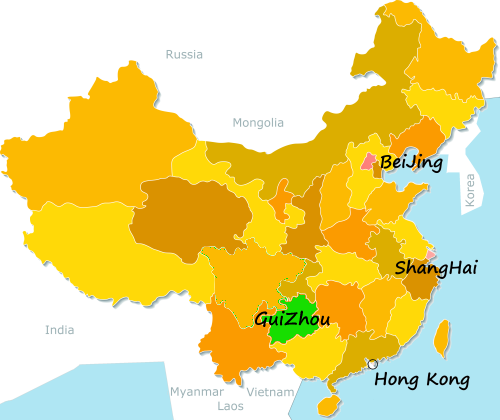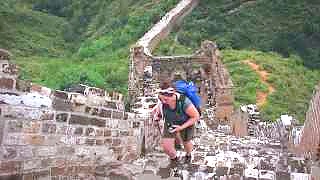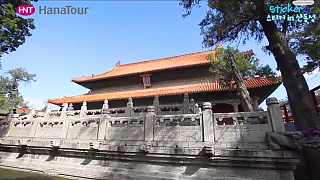Bonus film - JiuChong Palace and XuanWei Mansion ...
[320],shadow=true,start=,stop=Plus - JiaXiu Building, GuiYang ...
[320],shadow=true,start=,stop=
Live more ...
 WuJiang village and QingXi gorge, GuiZhou province
WuJiang village and QingXi gorge, GuiZhou provinceBonus film - JiuChong Palace and XuanWei Mansion ...
[320],shadow=true,start=,stop=Plus - JiaXiu Building, GuiYang ...
[320],shadow=true,start=,stop=

|
Amazing quality video with superb image stabilisation.
This is not sponsored - we just think it might well be interesting to many of our visitors.
|

|
|

|
Visiting a few sections of the Great Wall of China near BeiJing, including 'Wild Wall' ...
|

|
With Walk East ...
|

|
With Sticker Travel ...
|

|
Nestled on a remote hillside in JiangXi province, it is part of the natural landscape and a haven of a simpler life ...
Bonus films ...
|

|
|